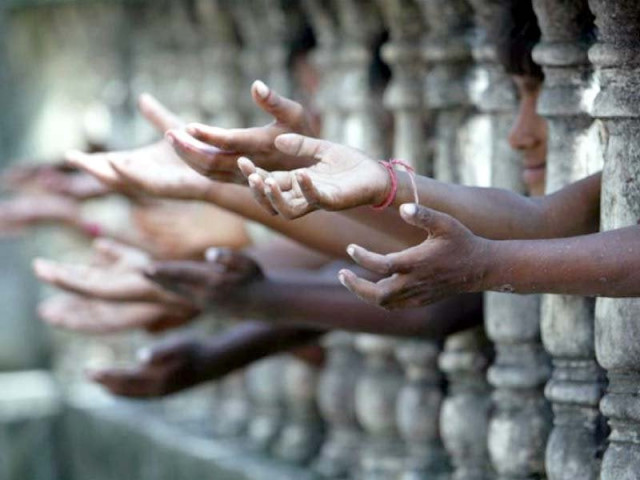
The loan has been approved under the Punjab Human Capital Investment Project that will strengthen health services and social protection for the poor and vulnerable households in select districts in Punjab.
Key results of the loan include an increase in the share of pregnant women among beneficiaries of the conditional cash transfer, who delivered a child attended to by skilled health personnel, share of children among conditional cash transfers and increase in shares of economic inclusion programme beneficiaries and transition of children from pre-school to Grade 1.
A World Bank project document stated that southern Punjab had the highest percentage of malnutrition and undernourished population in the province.
Among the 11 districts covered by the project, Layyah district is on top with 29.6% stunted growth. Due to poor nutrition facilities and access to basic healthcare services, the percentage of children under five having diarrhoea is 25% and 30% in DG Khan and Layyah districts respectively and they are on top in Punjab.
Bahawalnagar, DG Khan, Muzaffargarh and Rajanpur districts are facing partial water logging and salinity and water shortages for drinking as well as for irrigation.
Investing at the start of life, especially for girls and women, is essential to empower citizens to thrive, said World Bank Country Director for Pakistan Illango Patchamuthu.
He said the project would help the Punjab province to invest in early years now to create a productive workforce for the future.
The project is also aimed at increasing the quality and uptake of health services, including maternal care, immunisation and childbirths attended to by qualified professionals, reaching up to 18 million people.
It will provide early childhood education and skills training for young parents and will improve systems to more efficiently manage economic and social inclusion programmes.
There are substantial financial and non-financial barriers to access to quality health services, such as expenses to visit health facilities and the burden of household chores and childcare, especially among women in poor households, said Yoonyoung Cho, task team leader for the project.
A large proportion of Punjab’s population is clustered around the poverty line and thus remains vulnerable to poverty, especially during shocks, whether environmental or economic. Punjab’s inequality is not only in incomes but also in opportunities for human capital investment.
There are large variations in poverty rates across districts and in human capital indicators by household income as well as by geographical location. Overall health and educational outcomes are far poorer among households in south Punjab, where the poverty rate at 39% is almost twice as high as the province’s average of 21% poverty.
The World Bank also approved $85 million in grants and credits from the IDA Regional Sub-Window for Refugees and Host Communities and $15 million from the Multi-Donor Trust Fund for the federal government and the government of Balochistan to support the strengthening of institutions, delivery of services, and livelihoods and enterprise development.
According to the latest Human Capital Index (HCI), an average girl born in Pakistan will have realised only 40% of her overall human capital potential by the time she turns 18, if no changes in human capital accumulation takes place.
The country’s high stunting rate among children under five and poor educational and learning outcomes also highlight the challenging human capital outcomes.
While primary school attendance is over 90% in the richest quintile, less than half of the children in the poorest quintile attend primary school. Weak female empowerment, manifested in a large gender gap in education, employment and earnings, also has significant implications for investment in children’s human capital, given the strong association between mother’s education and household income and children’s human capital outcomes.
Published in The Express Tribune, March 5th, 2020.
Like Business on Facebook, follow @TribuneBiz on Twitter to stay informed and join in the conversation.








1726054615-0/OpenAI-(2)1726054615-0-270x192.webp)









COMMENTS
Comments are moderated and generally will be posted if they are on-topic and not abusive.
For more information, please see our Comments FAQ